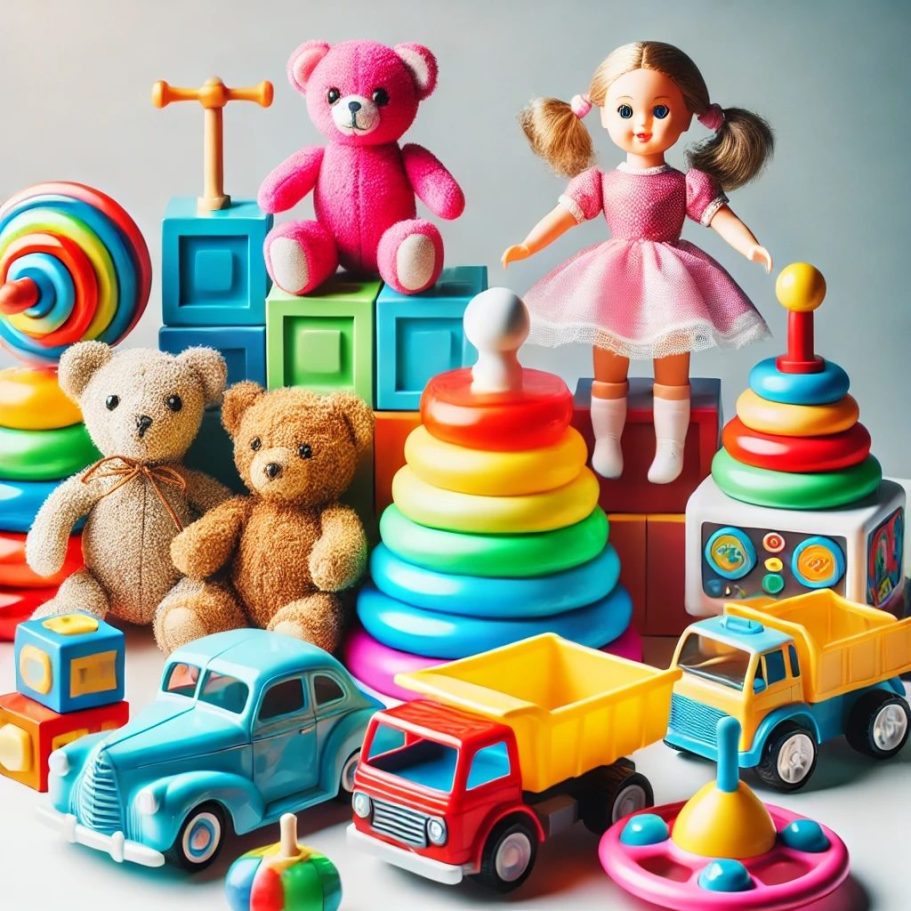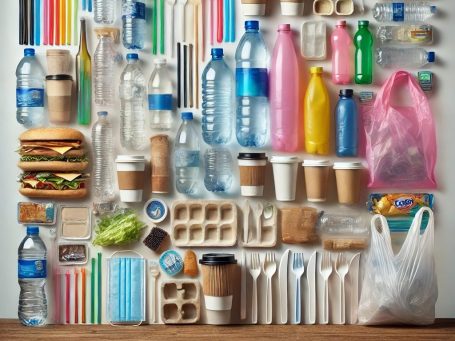Plastic not so Fantastic!
A "Plastic Fantastic" Reflection
Now, let me own up to something. Back in the day, I used to affectionately call Hillend Dry Ski Slope “Plastic Fantastic”. And to be fair, plastic can be fantastic. Think of life-saving medical devices, artificial limbs, or even those tiny plastic doohickeys that hold your ski bindings in place. Plastic’s versatility is genuinely incredible and has made life safer, healthier, and in some cases, downright futuristic.
But here’s the kicker: humanity took this "fantastic" substance and turned it into a nightmare. Instead of treating it like the limited-resource, science-marvel it is, we started throwing it around like confetti at a bad 80s wedding. Single-use everything, blatant overuse, and a complete disregard for the environmental consequences? That’s not fantastic—that’s just plain careless. It’s like borrowing a Ferrari and using it to deliver pizzas on dirt roads. Sure, it works, but was that really the best use of the material?

The Plastic Pollution Crisis: From Creation to Consequences and Solutions
Plastic pollution is one of the most pressing environmental challenges of our time. It is a man-made issue with widespread consequences for ecosystems, wildlife, and human health. This article explores how plastic pollution is created, its impact on the environment and living organisms, and practical steps individuals and governments can take to reduce its burden.
How Plastic Pollution is Created
Plastic pollution begins with the production of plastics, which primarily involves the use of fossil fuels like crude oil and natural gas. The production process not only depletes non-renewable resources but also releases greenhouse gases and other pollutants into the atmosphere, exacerbating climate change.
Globally, an estimated 400 million tons of plastic are produced annually, much of it destined for single-use items such as packaging, bottles, and straws. Despite the widespread use of recycling symbols, only about 9% of all plastic ever produced has been recycled, with the rest ending up in landfills, incinerated, or in the environment.


The Impact of Plastic Pollution
Microplastics and Human Health
Plastic waste doesn't disappear; it breaks down into smaller fragments called microplastics (less than 5mm in diameter). These tiny particles have been found everywhere—from Arctic ice to human tissues. Studies show that humans ingest microplastics through food, water, and even air. While the long-term health impacts are still being researched, there is growing concern about the chemicals in plastics disrupting hormonal functions and causing inflammatory responses.
Oceanic Problems
The oceans are a major repository of plastic waste, with an estimated 8 million tons of plastic entering the oceans each year. Iconic examples include the Great Pacific Garbage Patch, a floating mass of plastic debris estimated to be twice the size of Texas. Plastic pollution affects marine life in several ways:
- Entanglement: Sea turtles, dolphins, and seals often get trapped in discarded fishing nets or plastic rings.
- Ingestion: Over 700 marine species have been documented ingesting plastic, mistaking it for food. This can lead to internal injuries, starvation, and death.
- Food Chain Contamination: Plastics absorbed by smaller marine organisms make their way up the food chain, affecting larger predators and, ultimately, humans.
Countries Most Impacted
Some of the countries most affected by plastic pollution include:
- China and Indonesia: Major contributors to marine plastic pollution due to improper waste management systems.
- India: Faces severe plastic waste challenges in urban areas and water bodies.
- Small Island Nations: These countries often bear the brunt of global plastic pollution as currents carry debris to their shores, impacting tourism and marine ecosystems.



How to Reduce the Burden
Tackling plastic pollution requires a collective effort from individuals, businesses, and governments. Here are actionable steps to reduce the burden:
Stop Single-Use Plastics
- Opt for reusable alternatives like cloth bags, metal straws, and glass containers.
- Avoid products with excessive plastic packaging.
Support Recycling Programs
- Properly sort waste to ensure plastics are recycled where possible.
- Advocate for the development of advanced recycling technologies.
Adopt Circular Economy Practices
- Encourage businesses to design products for longevity and recyclability.
- Invest in biodegradable and compostable materials.
Engage in Policy Advocacy
- Support bans on single-use plastics, as implemented in countries like Rwanda and Kenya.
- Push for extended producer responsibility (EPR) policies that hold manufacturers accountable for their products' lifecycle.
Educate and Raise Awareness
- Educate communities on the impacts of plastic pollution.
- Participate in local clean-up initiatives to prevent plastics from reaching waterways.


Lesson Learned?
Plastic, when used wisely, is fantastic. But our overuse and disregard have turned it into a global menace. Let’s remember that every bit of plastic we toss away so casually sticks around, outliving us, our children, and possibly the human race.
The lesson? Treat plastic with the respect it deserves—use it for what it’s good for, skip it when it’s unnecessary, and clean up after ourselves. Otherwise, "Plastic Fantastic" might just become "Plastic Catastrophic." And no one’s lining up for a ride down that slippery slope.
We need your consent to load the translations
We use a third-party service to translate the website content that may collect data about your activity. Please review the details in the privacy policy and accept the service to view the translations.

